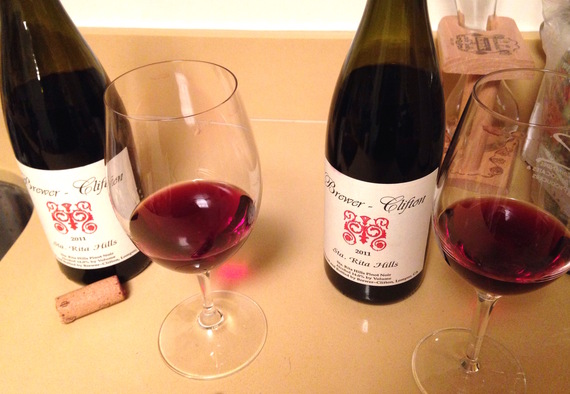Ever wonder why wine clubs don't ship in the summer? With the exception of a few places like our hometown San Francisco, it get's hot hot hot! Now that the solstice has thrown summer into full swing, it's time we start to understand what heat damage can do to a wine.
What is cooked wine? No, we aren't talking about mulled wine here; "cooked" wine or heat damaged wine has been exposed to heat levels (even at temperatures of 75 degrees fahrenheit) that cause the wine to spoil. If you have ever spent your hard earned money on a case of wine while on a trip to wine country, thrown it in your trunk on a hot summer day and are surprised to find it tastes completely different than when you bought it, this wine fault could have affected you. This is why wine transportation and storage are very important.
I recently ran into a cooked bottle that was gifted to me. Here are a few steps to deciding that you're drinking a "cooked" wine.
- A Stubborn Cork. This actually happens the most frequently for me and a key indication of heat damage if the bottle has cooled and not evidently hot. A good sign that your wine might be flawed is the cork is usually very difficult to remove. Essentially when the wine is exposed to high temperatures, the cork expands. The cork might be extremely hard to pull out or may even be visibly forcing itself out of the bottle.
Please keep in mind that "cooked" wine is different than "corked" wine. Corked wines typically remind us of a wet newspaper. I've never actually eaten one, but if you've had a corked wine, you'll most likely know it.
So the key here is to know how to store your wine and know where your wine is from. Like your favorite winery's wine club, avoid shipping to warm states during the summer months. Your best bet is to use a local or on-demand service or stock up in the winter months.
If you purchased the wine from the store, sometimes you can seek the graces of the shop to get another bottle, but otherwise you might be able to salvage the wine for a summer salad dressing.
What's important to you? Fill out our survey here.
For more information or to book a tasting: britney@britswine.com
